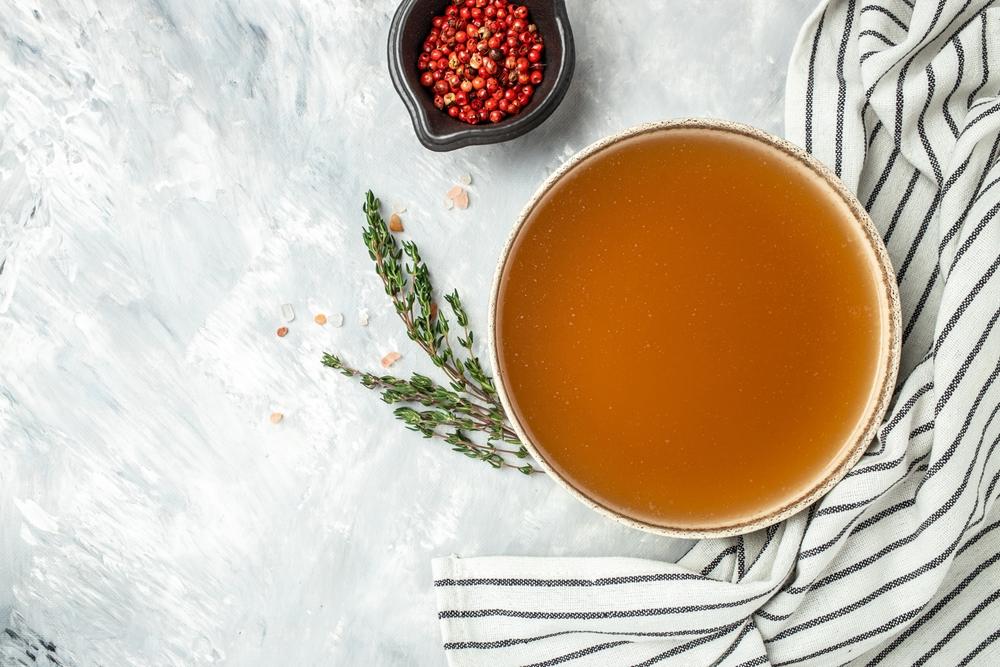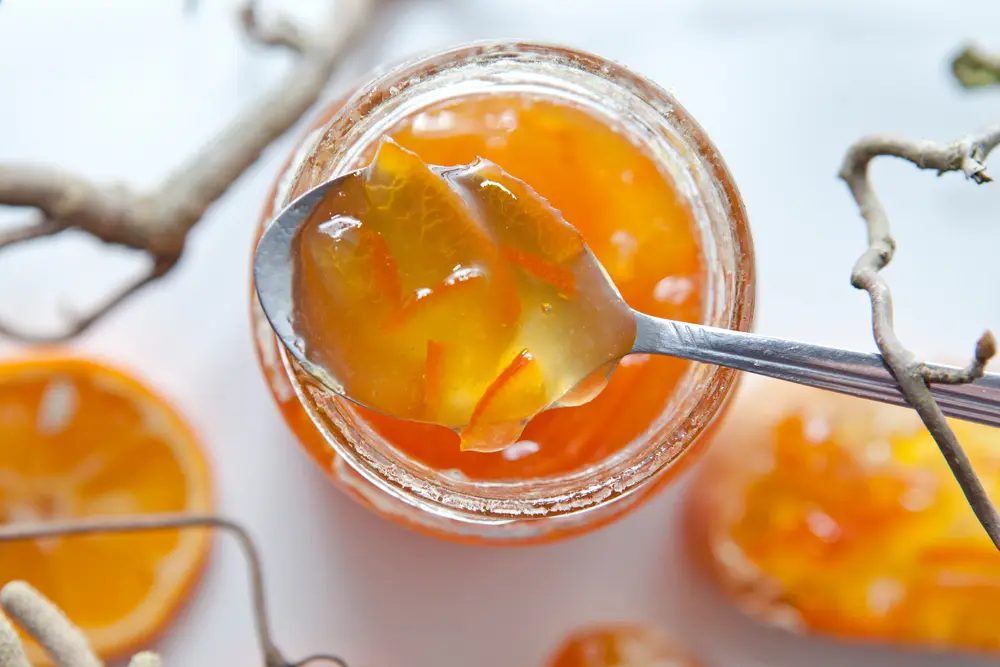Beef bone broth has become extremely popular over the past decade, but what exactly is it? Is it beef broth, beef stock, or something completely different? Beef bone broth is actually quite distinctive compared with broth or stock, and it’s one of the most nutritious liquids we can consume, especially when it’s homemade.
Broth, Stock, and Bone Broth
Beef broth is made by simmering meat on the bone in water along with vegetables and various aromatics, such as onions, herbs, and spices. This mixture creates a thin but flavorful liquid that makes an excellent base for soups. After creating the beef broth, you can remove the meat from the bones, shred it, and use the meat to add to soups, sandwiches, or casseroles.Stock, on the other hand, is made primarily with bones that have little or no meat on them, such as marrow bones, which you simmer in water with vegetables and aromatics. For added flavor, you can roast the bones and other ingredients in your oven before simmering them. The bones you use when making stock contain collagen, and when you simmer the bones, they‘ll release their collagen into the water and create gelatin, which makes stock richer in texture than broth. You can often use stock to make sauces, and if you partially evaporate stock, you’ll create what is known as a demi-glace that you can use as a richly-flavored sauce without any other preparation.






